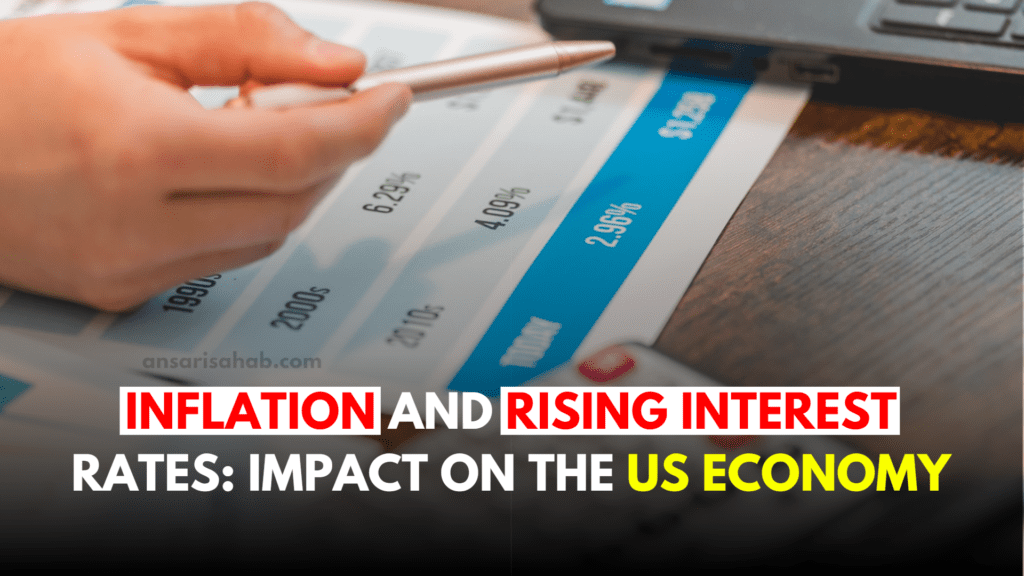Investing can feel overwhelming, especially for beginners. With the financial landscape constantly changing, many new investors worry about risk and uncertainty. In 2025, choosing safe investment options for beginners is essential for building wealth steadily while minimizing the chances of loss. By focusing on secure, low-risk opportunities, beginners can grow their money with confidence and establish a strong foundation for long-term financial stability.
Understanding Safe Investments
Safe investments are financial products that carry a low risk of losing principal. These options typically provide steady, predictable returns and are ideal for beginners who want to grow their wealth without exposing themselves to extreme market fluctuations. The primary goal of safe investments is preserving capital while earning modest but reliable gains.
For beginners, understanding the concept of risk tolerance is crucial. A low-risk strategy helps investors avoid panic selling during market downturns and encourages consistent, disciplined investing. Safe investments also allow beginners to gain experience and confidence before exploring higher-risk opportunities.
Top Safe Investment Options in 2025
1. High-Yield Savings Accounts
High-yield savings accounts remain one of the most accessible safe investments. They offer interest rates significantly higher than traditional savings accounts, often around 5% annually in 2025. These accounts are ideal for emergency funds, short-term goals, and new investors who want to earn steady interest without market exposure.
Key Benefits:
- Liquidity: Funds can be accessed anytime.
- Safety: Insured by government agencies in many countries.
- Predictable returns: Interest rates are fixed or adjustable but low-risk.
2. Certificates of Deposit (CDs)
CDs are time deposits that offer a fixed interest rate over a specific term, ranging from a few months to several years. Current rates in 2025 range between 4% and 6%, depending on the term length. CDs are ideal for medium-term savings where investors can leave their money untouched to earn a guaranteed return.
Key Benefits:
- Guaranteed returns: No risk of losing principal.
- Flexible terms: Short- and long-term options available.
- Low risk: Ideal for conservative investors.
3. Treasury Securities (T-Bills, T-Notes, T-Bonds)
Government-backed treasury securities are among the safest investments globally. They provide a fixed return and are considered nearly risk-free. T-Bills, T-Notes, and T-Bonds vary in maturity, offering flexibility for both short- and long-term investors.
Key Benefits:
- Security: Backed by the government.
- Steady income: Fixed interest payments.
- Predictable growth: Ideal for long-term planning.
4. Money Market Funds
Money market funds invest in short-term, high-quality debt instruments from governments or corporations. They offer slightly higher yields than savings accounts while maintaining safety and liquidity. These funds are suitable for beginners who want both security and accessibility.
Key Benefits:
- High liquidity: Funds can be withdrawn easily.
- Stable returns: Low volatility compared to stocks.
- Safety: Diversified portfolio reduces risk.
5. Corporate Bonds
Investment-grade corporate bonds are issued by financially stable companies and provide a predictable income stream through regular interest payments. These bonds carry modest risk but offer higher yields than government securities, making them a balanced choice for conservative investors.
Key Benefits:
- Steady income: Regular interest payments.
- Lower risk than stocks: Focused on established companies.
- Diversification: Adds variety to a low-risk portfolio.
6. Dividend-Paying Stocks
Some stocks offer regular dividend payments, providing a steady income even if the stock price fluctuates moderately. For beginners, investing in well-established, dividend-paying companies can balance growth potential with safety.
Key Benefits:
- Passive income: Dividends provide a regular cash flow.
- Long-term growth: Stock value may appreciate over time.
- Stability: Blue-chip companies reduce volatility risk.
7. Robo-Advisors
Robo-advisors automatically create and manage a diversified portfolio based on your risk tolerance and financial goals. They are beginner-friendly, low-cost, and provide access to professionally managed investments without requiring in-depth knowledge.
Key Benefits:
- Automated management: Minimal effort required.
- Diversification: Spreads risk across multiple assets.
- Accessible: Start investing with small amounts.
How to Choose the Right Investment
When selecting safe investments, beginners should consider three main factors:
- Risk Tolerance – Understand your comfort level with potential losses. Low-risk options are ideal for those seeking stability.
- Financial Goals – Define short-term and long-term objectives to align investment choices accordingly.
- Diversification – Spread investments across multiple safe assets to reduce risk and protect against market fluctuations.
Common Mistakes to Avoid
- Chasing High Returns: Focusing on potential gains instead of safety can lead to unnecessary losses.
- Lack of Research: Investing without understanding the product may result in poor decisions.
- Ignoring Fees: Even low-risk investments can be eroded by high fees or hidden costs.
Getting Started
- Open Investment Accounts: Choose platforms such as banks, online brokers, or robo-advisors.
- Start Small: Begin with manageable amounts to learn the investing process.
- Monitor Regularly: Review your investments periodically to ensure they align with your financial goals.
Conclusion
In 2025, safe investment options for beginners are plentiful and accessible. By focusing on low-risk assets like high-yield savings accounts, CDs, treasury securities, and carefully selected bonds or dividend stocks, beginners can steadily grow their wealth without unnecessary stress. Starting early, staying informed, and diversifying wisely are key steps toward building a secure financial future.









